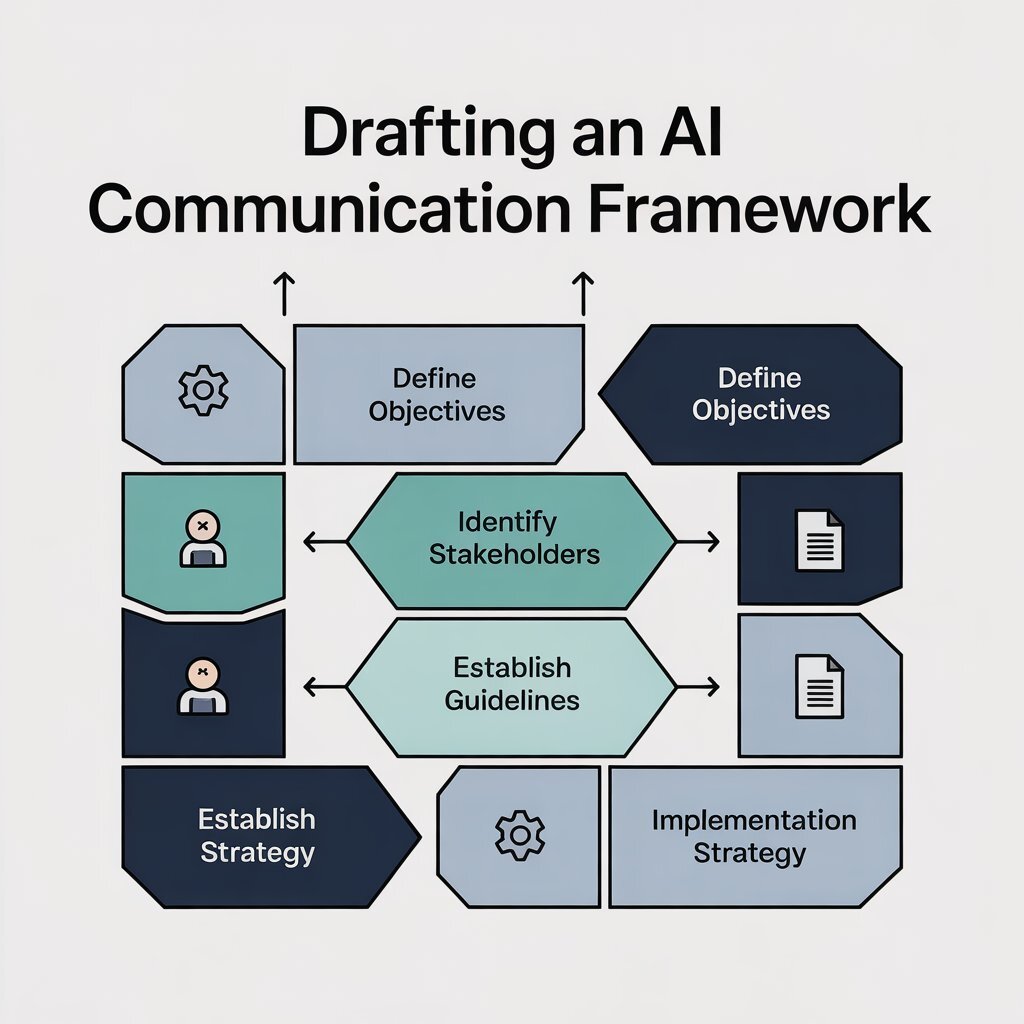Staff Activity – Drafting an AI Communication Framework
Staff Activity – Drafting an AI Communication Framework 
Participants review communication models from other districts and co-create messaging for families, staff, and community.
Objectives:
- Identify common questions and concerns.
- Develop clear, values-aligned messages.
- Practice transparent responses to stakeholders.
- Draft an initial district AI messaging plan.
Equity and Ethics in AI
Equitable access and ethical design are core to responsible AI use. Teachers and administrators must understand how to integrate AI purposefully while ensuring inclusion and accessibility for all learners.
Key Considerations:
- Train educators on when, why, and how to use AI.
- Use the Universal Design for Learning (UDL) framework: Engagement, Representation, and Action/Expression.
- Leverage AI to provide flexible support and accessibility tools.
- Teach early AI literacy—how AI learns, impacts society, and solves problems.
- Emphasize computational thinking: decomposition, pattern recognition, abstraction, and algorithms.
- Ensure transparency, fairness, and accountability in all AI applications.
- Educate students to be critical consumers and ethical creators.
Ethics and Bias Mitigation Focus:
- Promote accuracy, integrity, and privacy.
- Address fairness and justice in algorithms.
- Recognize sources of bias such as skewed data or misused tools.
- Encourage reflection on human oversight and lived experience.
Pros:
- Helps identify patterns for better decision-making.
- Improves accessibility for diverse learners.
- Supports ethical digital citizenship.
Cons:
- AI lacks true critical reasoning.
- Misinformation or “hallucinations” may occur.









